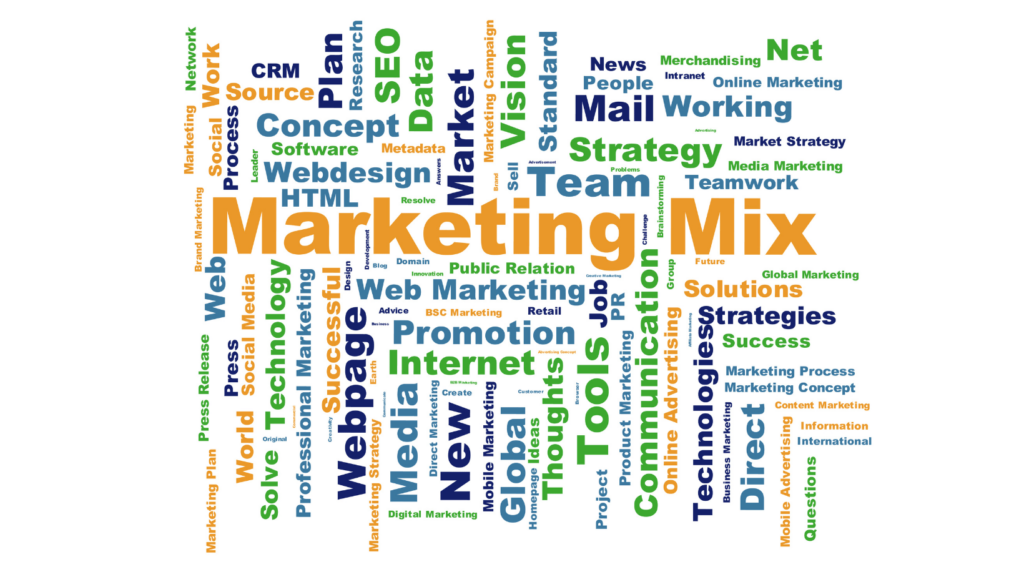When it comes to marketing, the principles of the marketing mix strategy are the same for both business-to-consumer (B2C) and business-to-business (B2B) companies. However, the context in which they are applied can differ significantly. In B2B marketing, the focus is on building relationships with other businesses and creating long-term solutions that meet their needs. To achieve success in B2B marketing, companies need to understand and effectively implement the four Ps of marketing: Product, Price, Place, and Promotion. In this blog post, we’ll discuss each element of the marketing mix and how they relate to B2B marketing.
At VA Partners, we provide B2B sales and marketing support to growing businesses. We help businesses realize their potential, and tap into new opportunities. One of the ways we do this is through our Fast Start plan, which includes significant marketing support, including a thorough marketing mix strategy. So let’s take a closer look at marketing mix strategy and how it can support your B2B business.
Product: The first element of the marketing mix is the product itself. In B2B marketing, the product offering should focus on meeting the specific needs of other businesses. This means understanding the unique challenges that your B2B customers face and developing a product that addresses those needs. A product that is customizable or adaptable to the needs of individual companies is often most effective in the B2B space. Additionally, a high level of after-sales support can be a key factor in maintaining long-term relationships with B2B customers.
Price: Setting the right price for your product is crucial in B2B marketing. The price should reflect the value that the product provides to the customer, rather than simply being based on the cost of production. In B2B, companies are typically looking for long-term partnerships rather than just a one-time purchase. Therefore, a pricing strategy that emphasizes the value of the product over the cost can be more effective in building lasting relationships.
Place: In B2B marketing, the ‘Place’ element refers to the channels through which the product is discovered ot sold. For many B2B companies, this means selling through distribution channels rather than directly to the end user. It’s important to understand the specific needs of each distribution channel and how to best support them. Additionally, establishing relationships with key industry players can help to build brand recognition and credibility in the B2B space.
Promotion: The final element of the marketing mix is promotion. In B2B marketing, this can include a variety of tactics such as trade shows, industry events, direct mail, and digital marketing. The most effective promotional strategies will vary depending on the specific industry and target audience. However, what’s consistent across the board is the importance of delivering a clear and consistent message. B2B customers are often looking for solutions to complex problems. By presenting a clear and compelling value proposition, companies can better position themselves as the solution to their customers’ needs.
The marketing mix provides a framework for creating effective marketing strategies in both B2C and B2B contexts. In B2B marketing, the focus is on building long-term relationships with other businesses by providing products that meet their specific needs and offering high levels of after-sales support. By understanding and effectively implementing each element of the marketing mix, B2B companies can better position themselves for success in their specific industries. Whether through customizing products, establishing relationships with key industry players, or delivering a clear and consistent message, a well-executed marketing mix can be a powerful tool in building and maintaining long-term partnerships with other businesses. If you are looking for additional support around your marketing mix strategy, connect with us.

